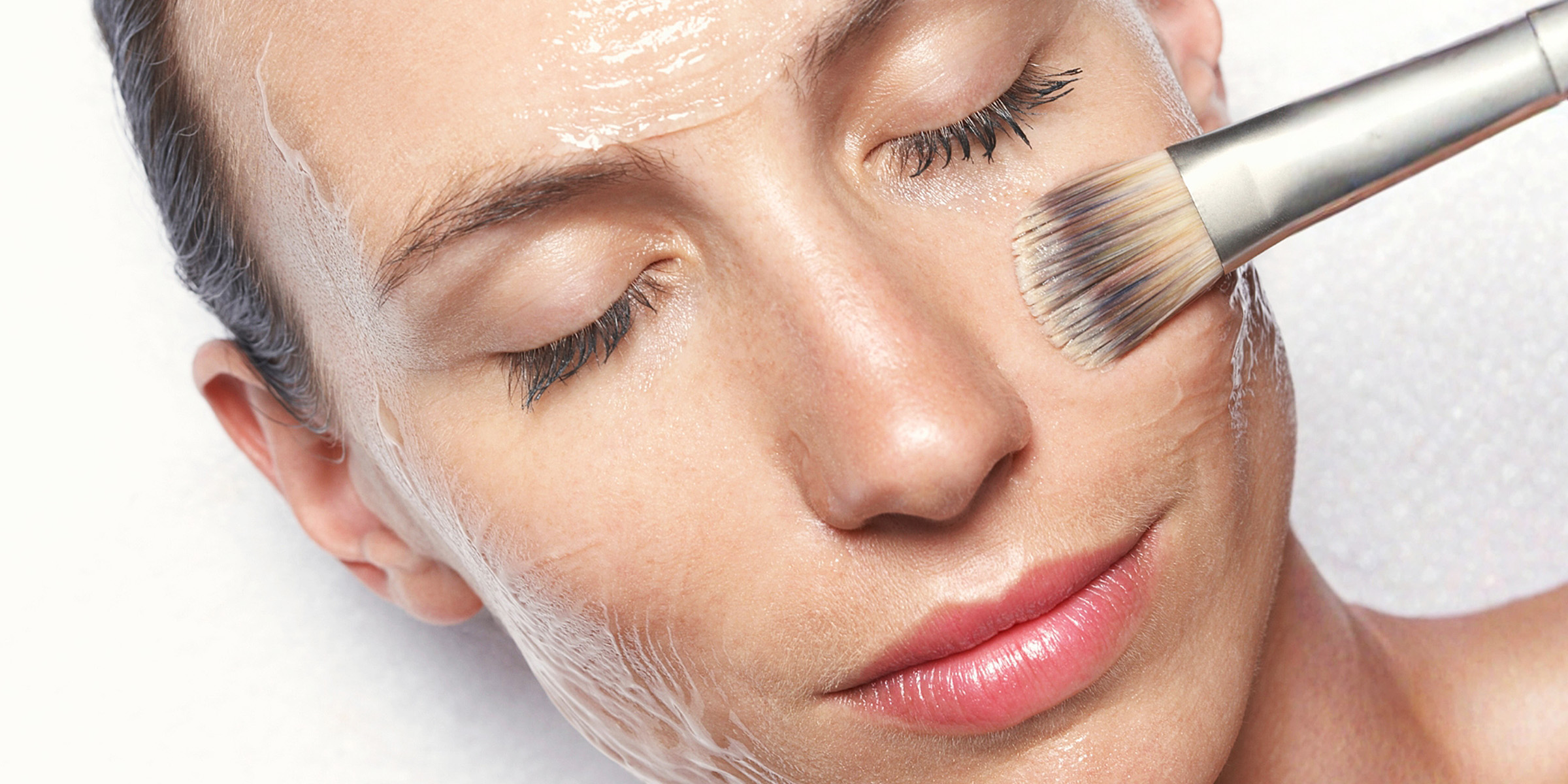
Inside the Viral ‘Salmon Sperm Facial’ Trend Taking Over Hollywood
In this day and age, you would think you've heard it all when it comes to unconventional or unusual skincare trends. But among the latest additions to this category? Salmon sperm facials.
You may have heard some of your favorite celebrities touting the benefits of salmon sperm facials. Using the secretions of an aquatic animal's nether regions on your face might sound bizarre, but there's actually a science to the practice. Here's what the experts have to say.
What Are Salmon Sperm Facials?
Salmon sperm, scientifically known as PDRN (polydeoxyribonucleotide), is a molecule found in salmon DNA that is said to help repair your skin barrier. It also reduces inflammation and improves skin elasticity.
As Dr. Mona Gohara, a board-certified dermatologist at Dermatology Physicians of Connecticut, explains, "It's almost like giving your skin blueprints to rebuild itself." While the molecule started gaining global traction in 2022, it has been popular in parts of Asia for the past decade.
It's typically used for skin rejuvenation and regeneration, wound healing, and post-procedure recovery. "It is not entirely innovative; it was discovered by fishermen who used to put salmon semen on their wounds to help them heal faster," says double board-certified dermatologist Dr. Purvisha Patel.
"It's been used in post-procedures for a few years and is now being put in daily skin care products," she continues. Dr. Gohara added that the effects of salmon sperm, when applied to wound healing and collagen production, are research-backed.
"Most of that data comes from medical use, like burns and ulcers, not beauty facials. So it's promising, but the fountain-of-youth claims are a stretch," she says.
How Are Salmon Sperm Facials Done?
There are three ways to administer salmon sperm facials, namely: microinjections, microneedling, and topicals. Salmon sperm microinjections are shallow injections that help activate the skin's healing pathways.
According to Dr. Nicole Y. Lee, a board-certified dermatologist and owner of Epoch Dermatology, these injections calm inflammation, improve circulation, and provide the building blocks for new cell growth.
The microneedling method involves creating small wounds or punctures in the epidermis — the outermost layer of your skin — and applying the salmon sperm serum immediately after, allowing it to penetrate deeper.
Topicals — including serums, face masks, and more — are usually available over the counter and are typically produced by K-beauty brands. However, they are not as effective as microneedling and microinjections.
"While topical use may offer some surface hydration or antioxidant support, the regenerative effects are typically achieved through in-office procedures that place PDRN directly into the skin," Dr. Lee says.
Are Salmon Sperm Facials Safe?
When performed in medical settings using medical-grade products and equipment, salmon sperm facials are generally safe. Outside of those conditions, however, they pose potential risks. Some side effects include redness, irritation, allergic reaction, skin discoloration, swelling etc.
"Any injection or microneedling with biologic material has potential for infection or allergic reaction," Dr. Gohara warns. "Think of it as sushi — fresh and handled properly, fine; mishandled, and you could get very sick."
It's also worth noting that this treatment is not FDA-approved in the U.S., though some dermatologists still perform it at their discretion. That's why it's highly recommended that anyone considering the procedure consult a medical provider first to rule out any possible risks unique to them.
The information in this article is not intended or implied to be a substitute for professional medical advice, diagnosis or treatment. All content, including text, and images contained on WomanlyLive.com, or available through WomanlyLive.com is for general information purposes only. WomanlyLive.com does not take responsibility for any action taken as a result of reading this article. Before undertaking any course of treatment please consult with your healthcare provider.
